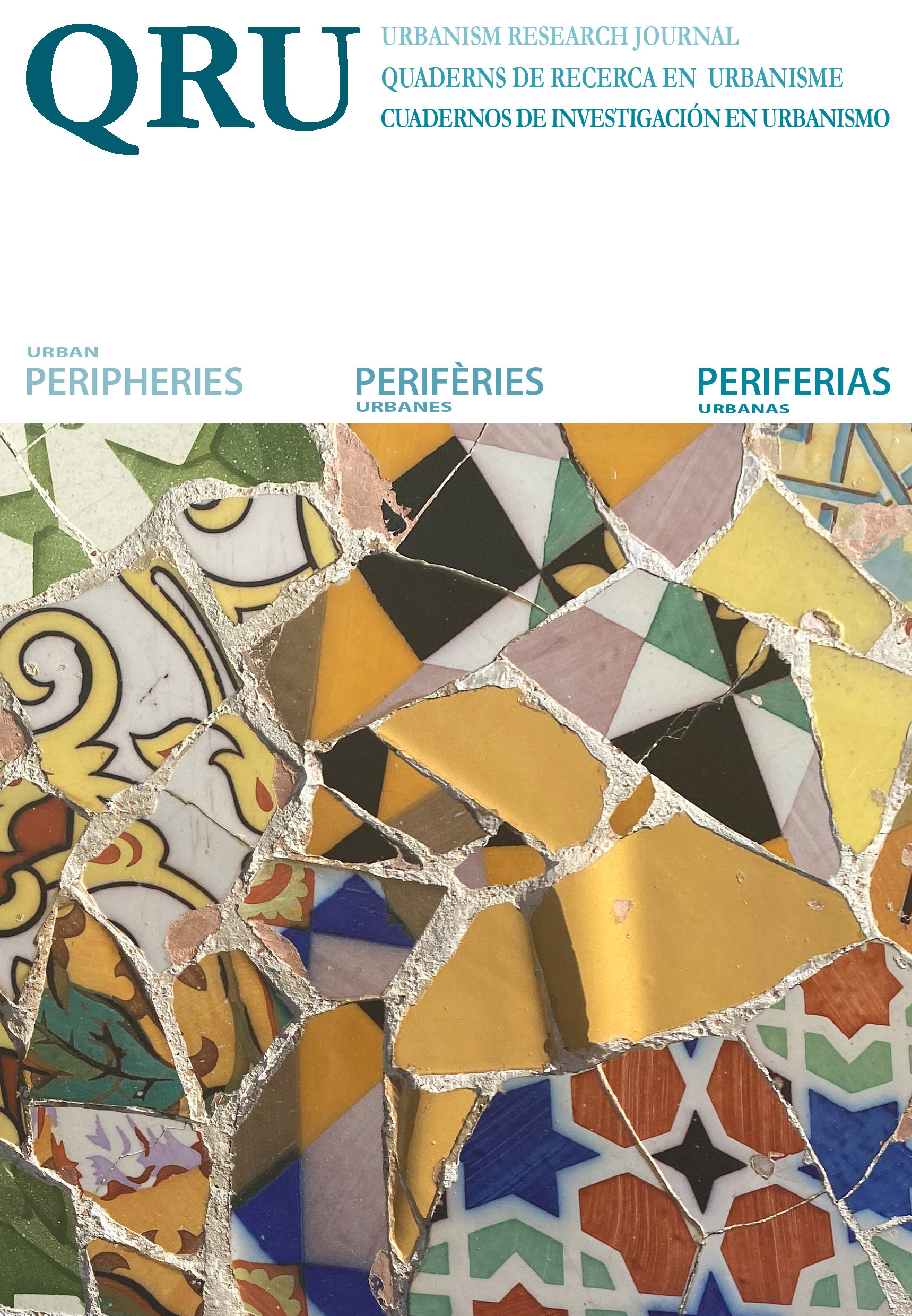El paisaje habitacional moderno y el valor de su vegetación continua
MODERN HOUSING LANDSCAPES AND THE VALUE OF THEIR CONTINUOUS VEGETATION
DOI:
https://doi.org/10.5821/qru.11950Abstract
Extensive green areas are part of the heritage of several modern housing estates. They represent a landscape loaded with cultural values and multiple environmental benefits, thanks to the concentration and continuity of its vegetation. However, drought and the constant rise in temperatures constitute a chain threat that challenges their heritage and environmental conservation.
By cross-referencing nolli maps, satellite images, and the NDVI index, this research seeks to demonstrate how the urban morphology of these complexes promotes continuous green spaces at different scales. This is due to two intertwined factors: the low land use ratio of the blocks allows for large areas of open soil in large blocks that are barely interrupted by strips of sealed soil. Both characteristics are present in the heritage cases and countless other complexes in Chile and the world built in the mid-twentieth century.
Downloads
Published
Issue
Section
License
Those authors who have publications with this journal, accept the following terms:
a. Authors will retain their copyright and guarantee the journal the right of first publication of their work, which will be simultaneously subject to the Creative Commons CC BY-NC-ND-4.0 recognition license that allows third parties to share the work provided that its author and its first publication are indicated in this journal, but they cannot be changed or used commercially.
b. Authors may adopt other non-exclusive license agreements for the distribution of the version of the published work (eg: deposit it in an institutional telematic archive or publish it in a monographic volume) provided that the initial publication in this journal is indicated.
c. Authors are allowed and recommended to disseminate their work through the Internet (e.g. in institutional telematic files or on their website) before and during the submission process, which can lead to interesting exchanges and increase citations. of the published work. (See The effect of open access).













